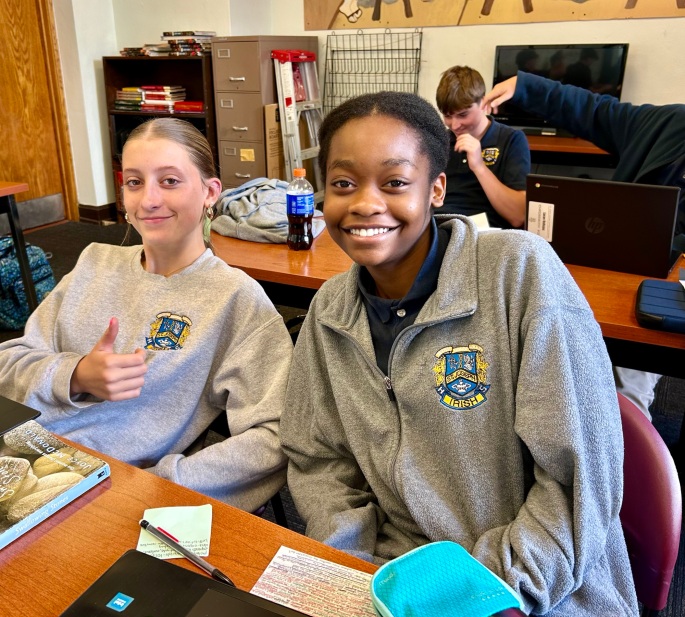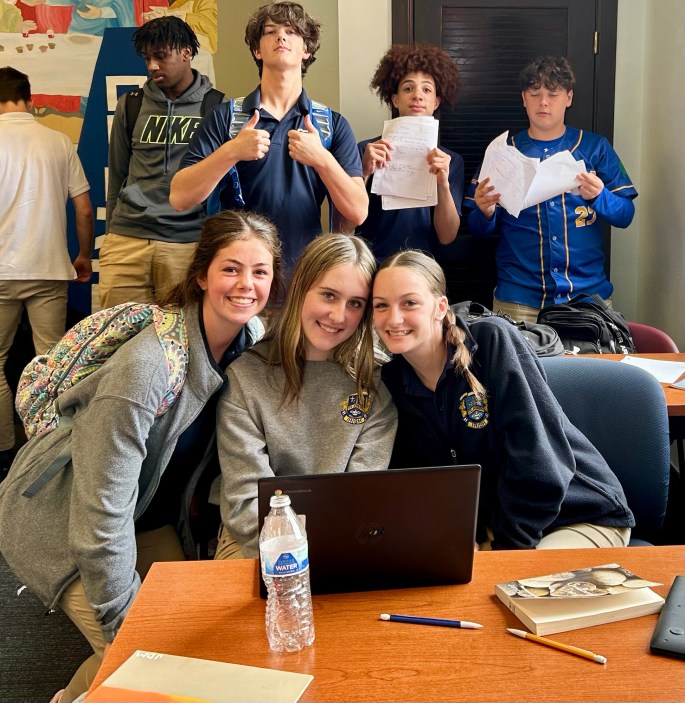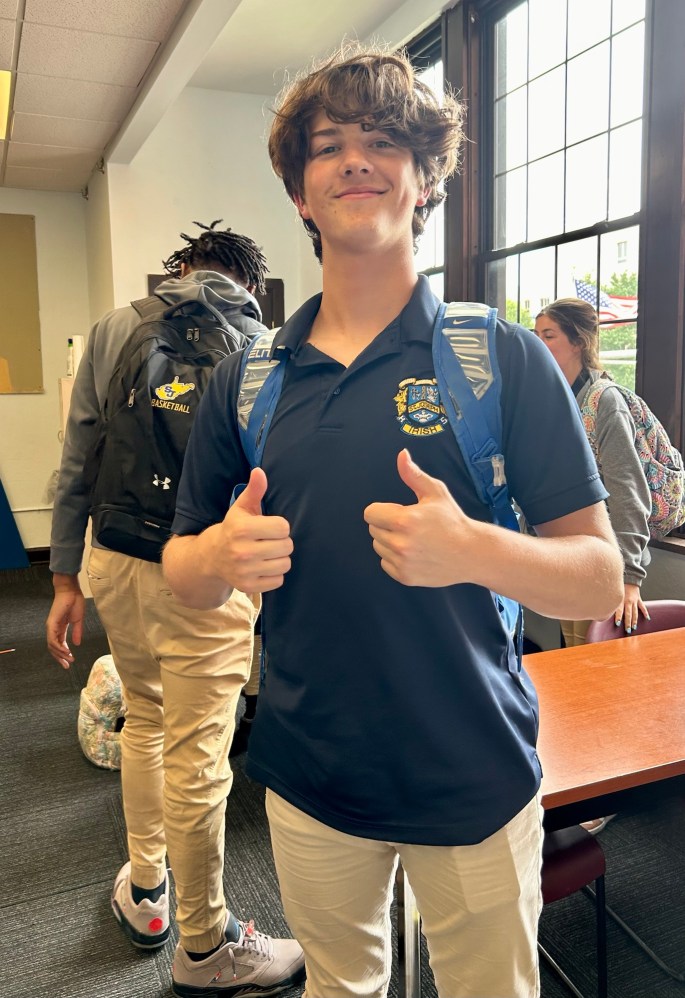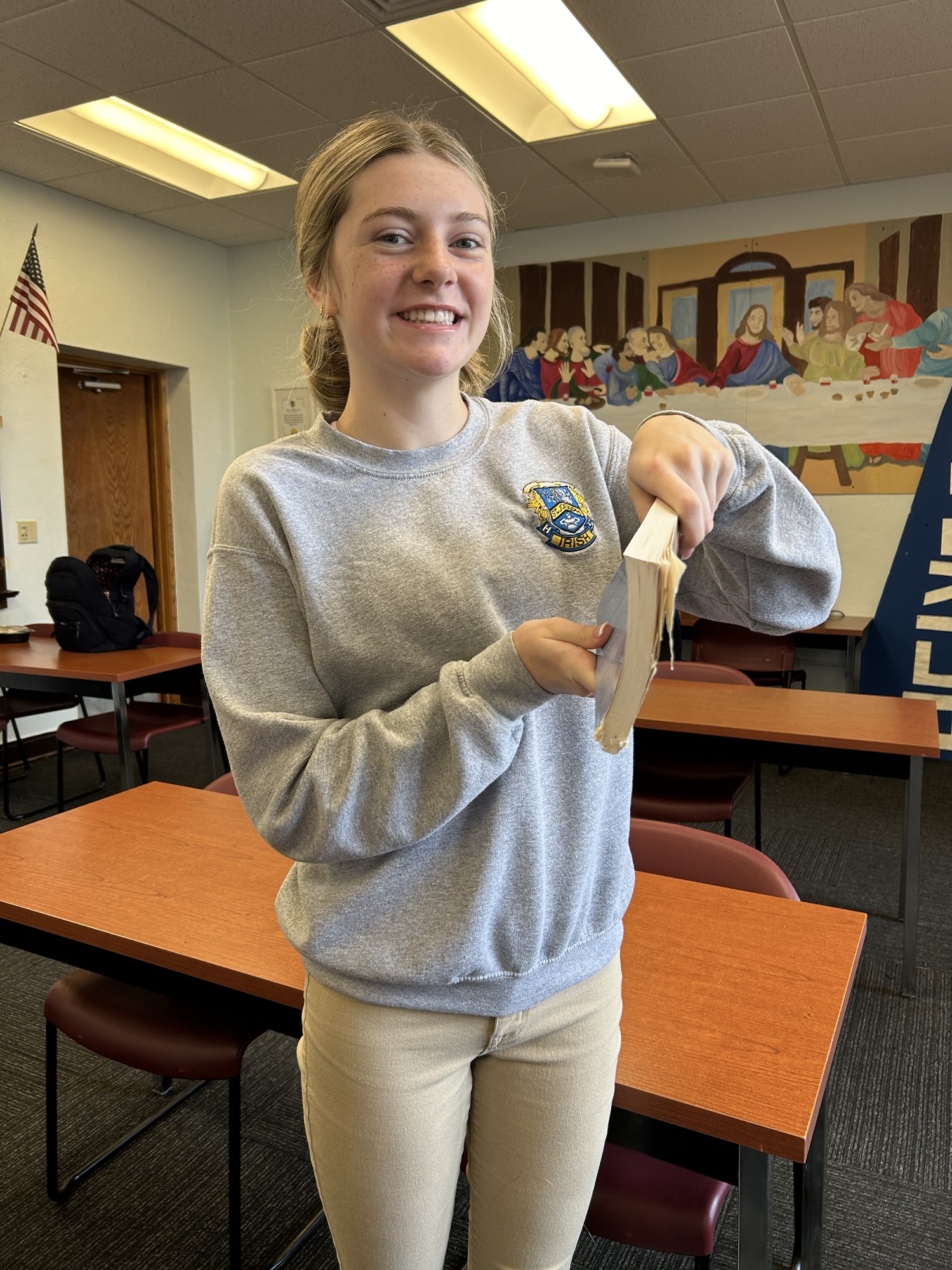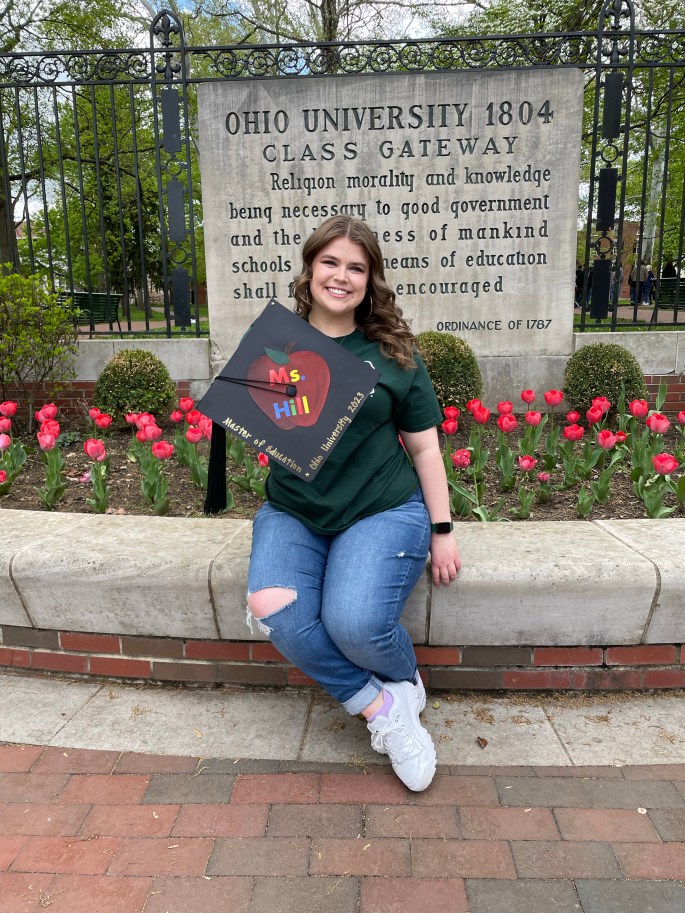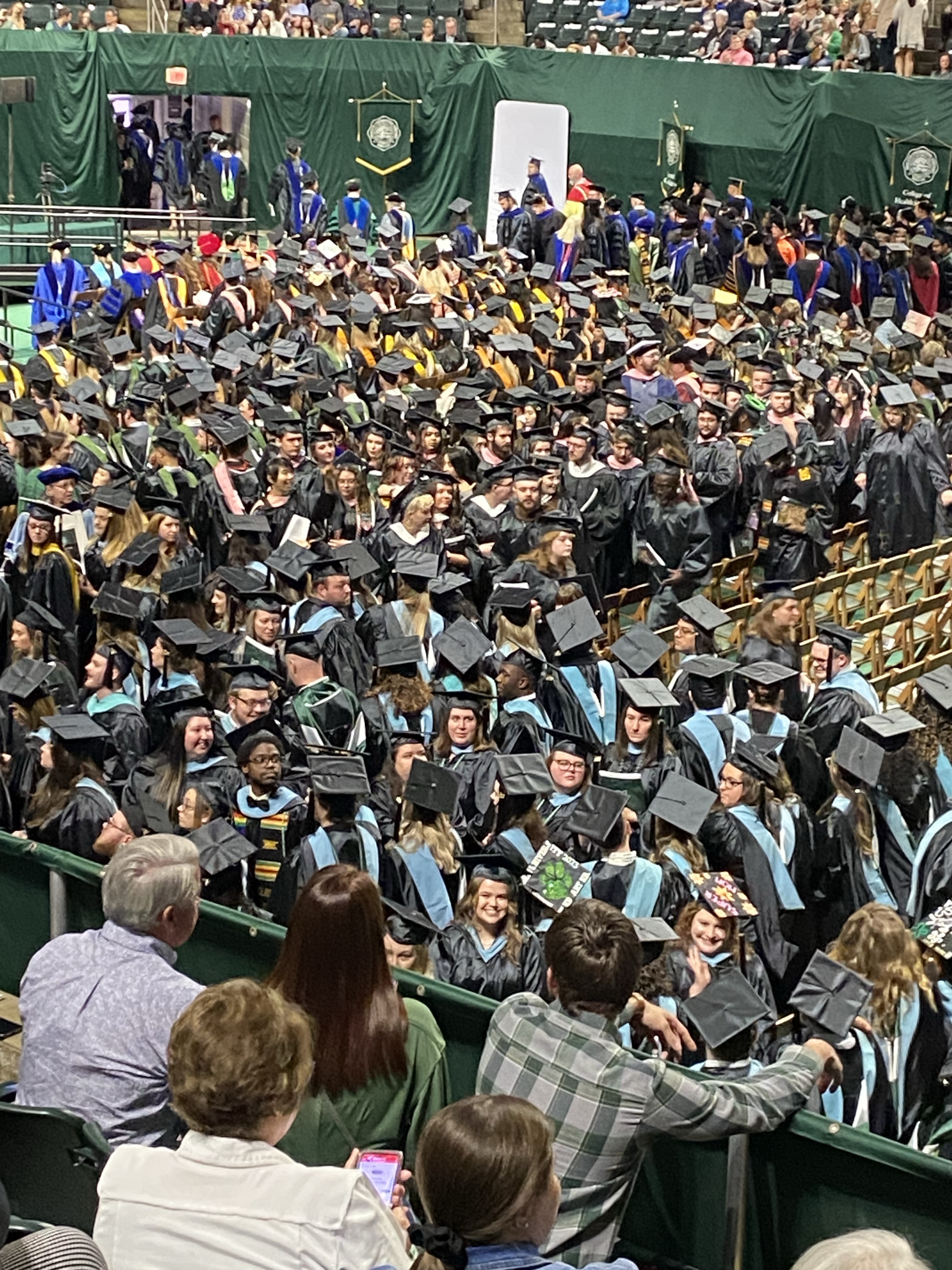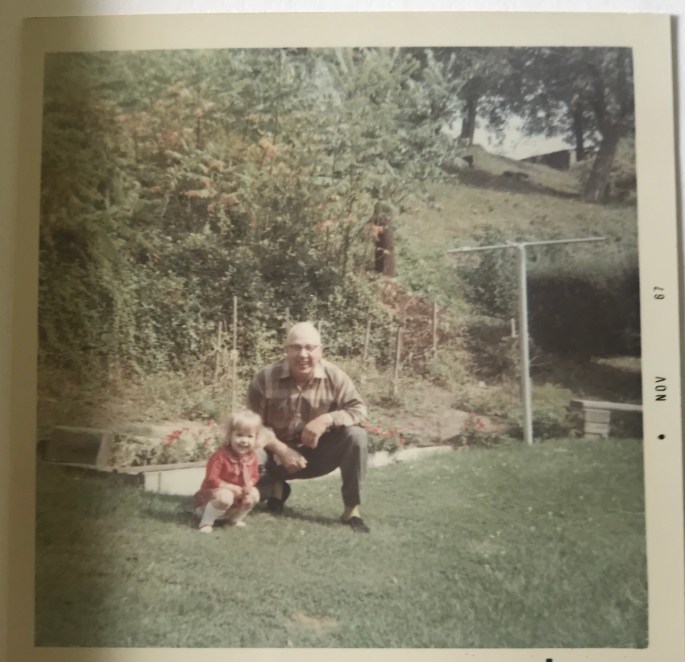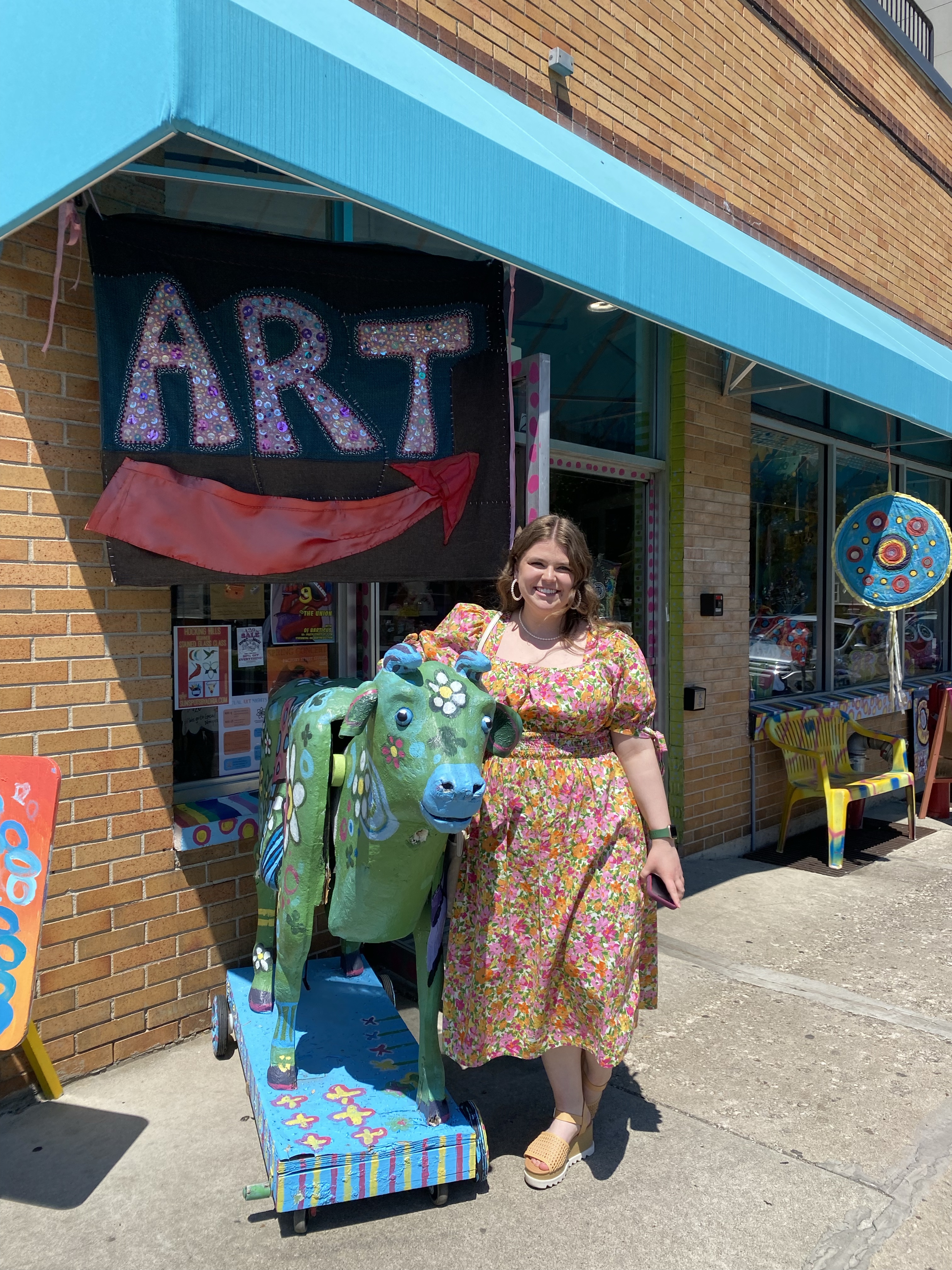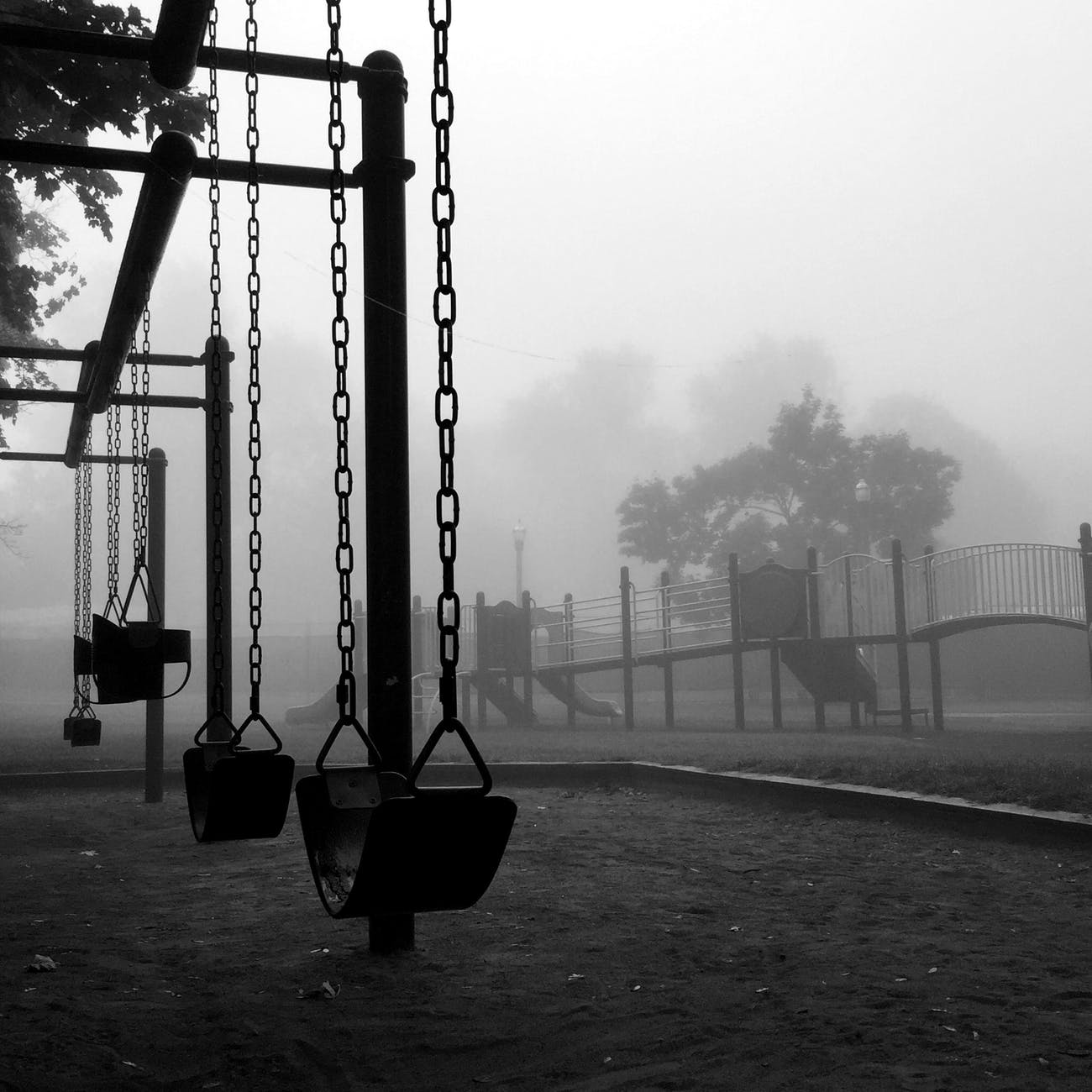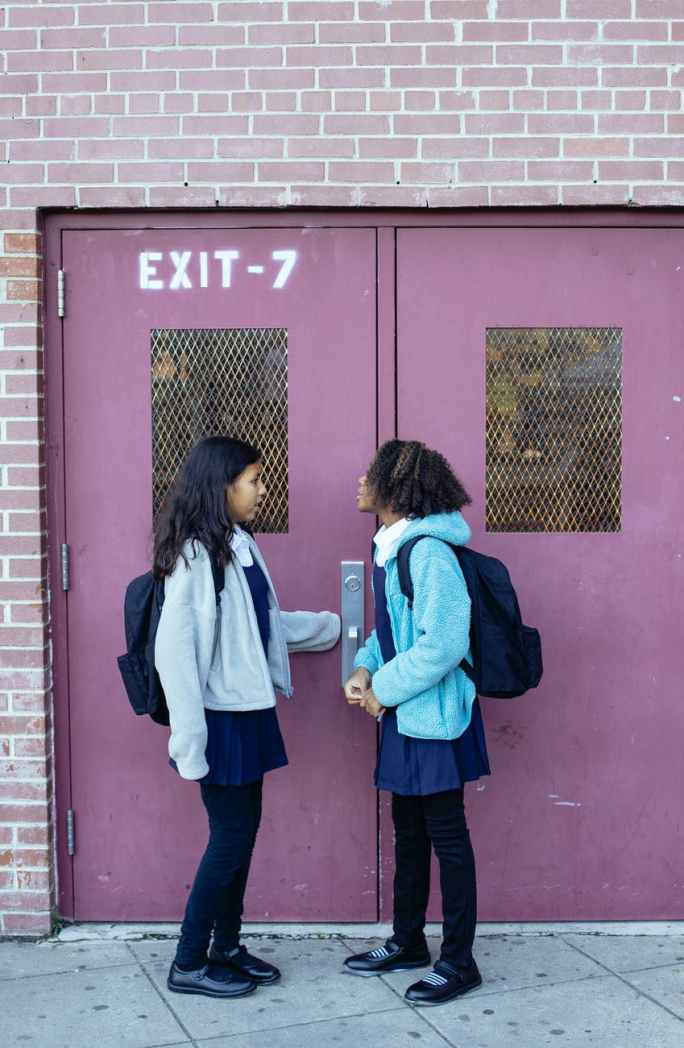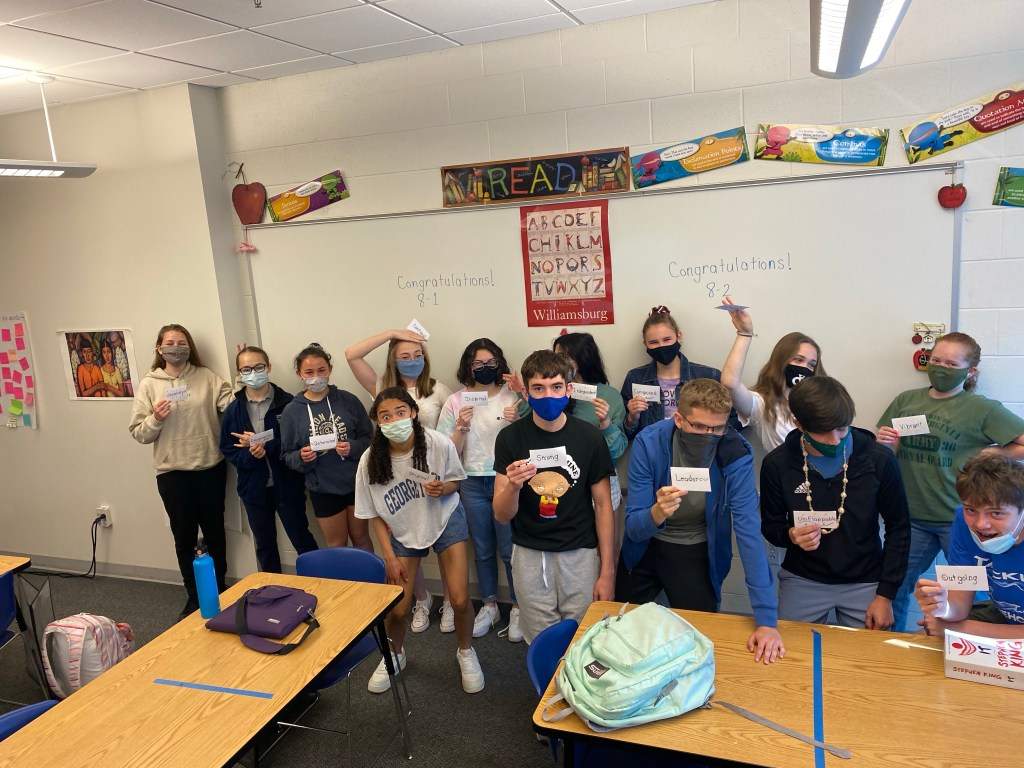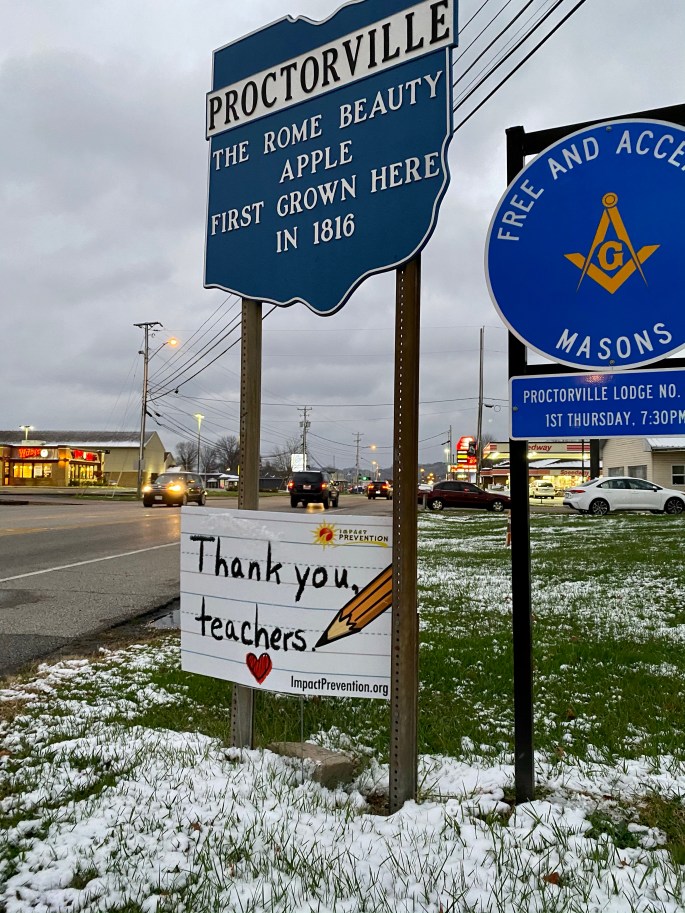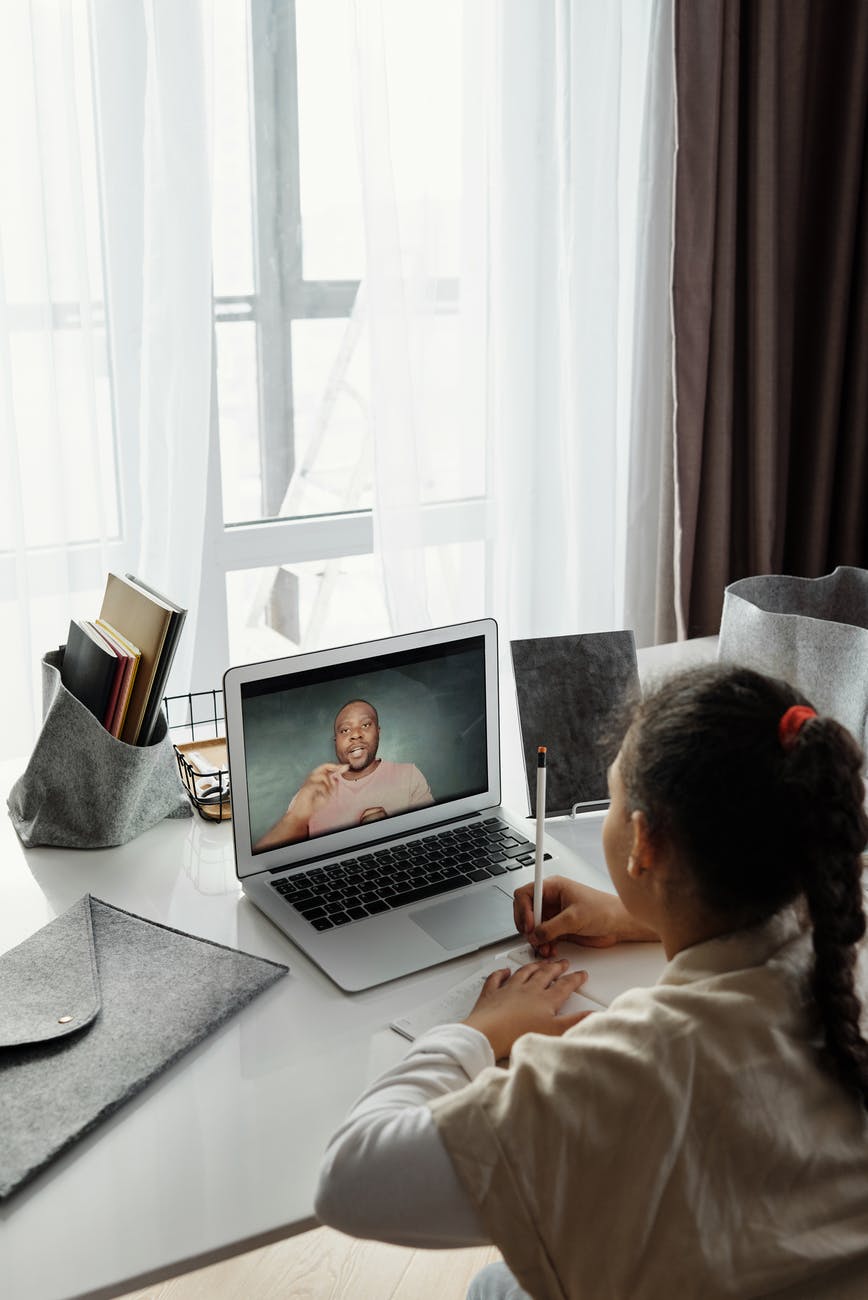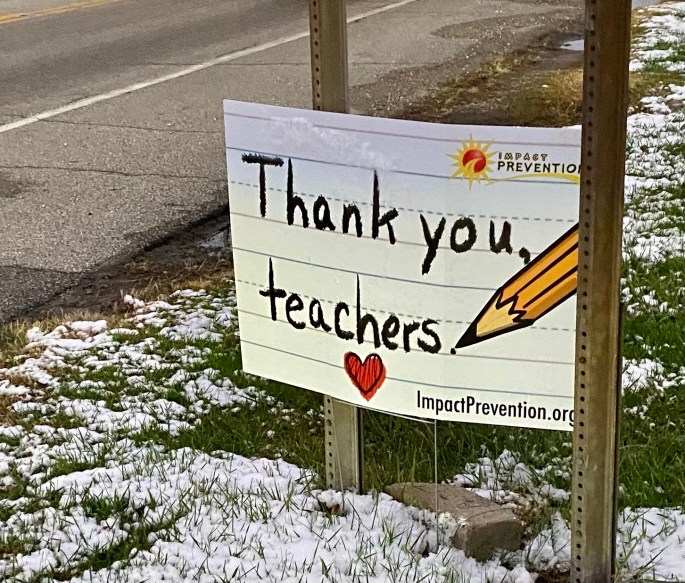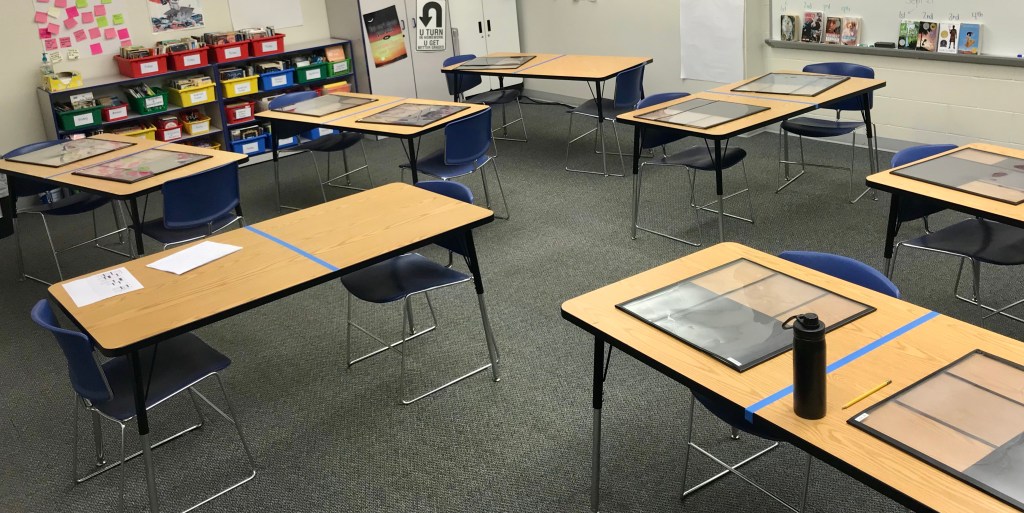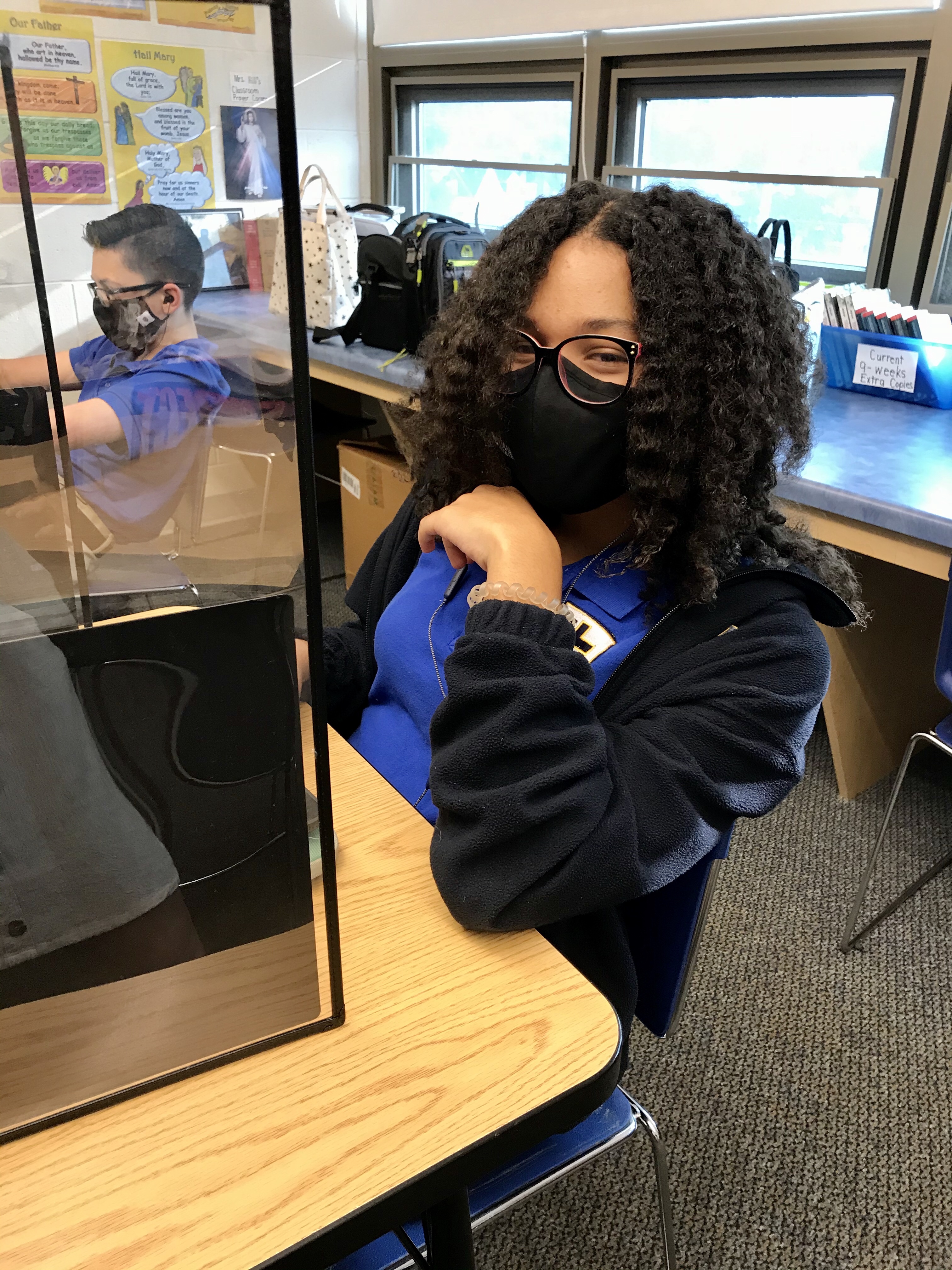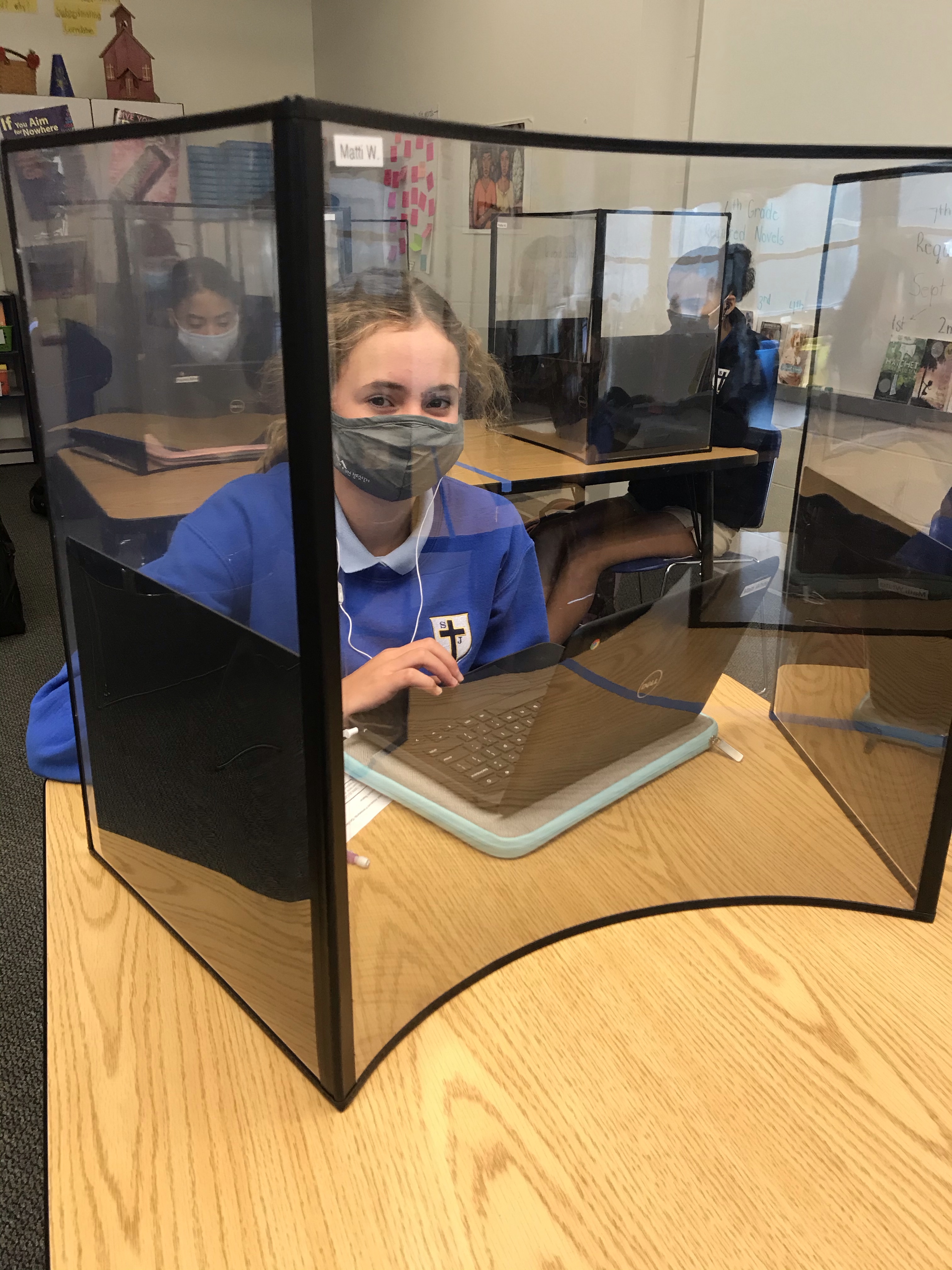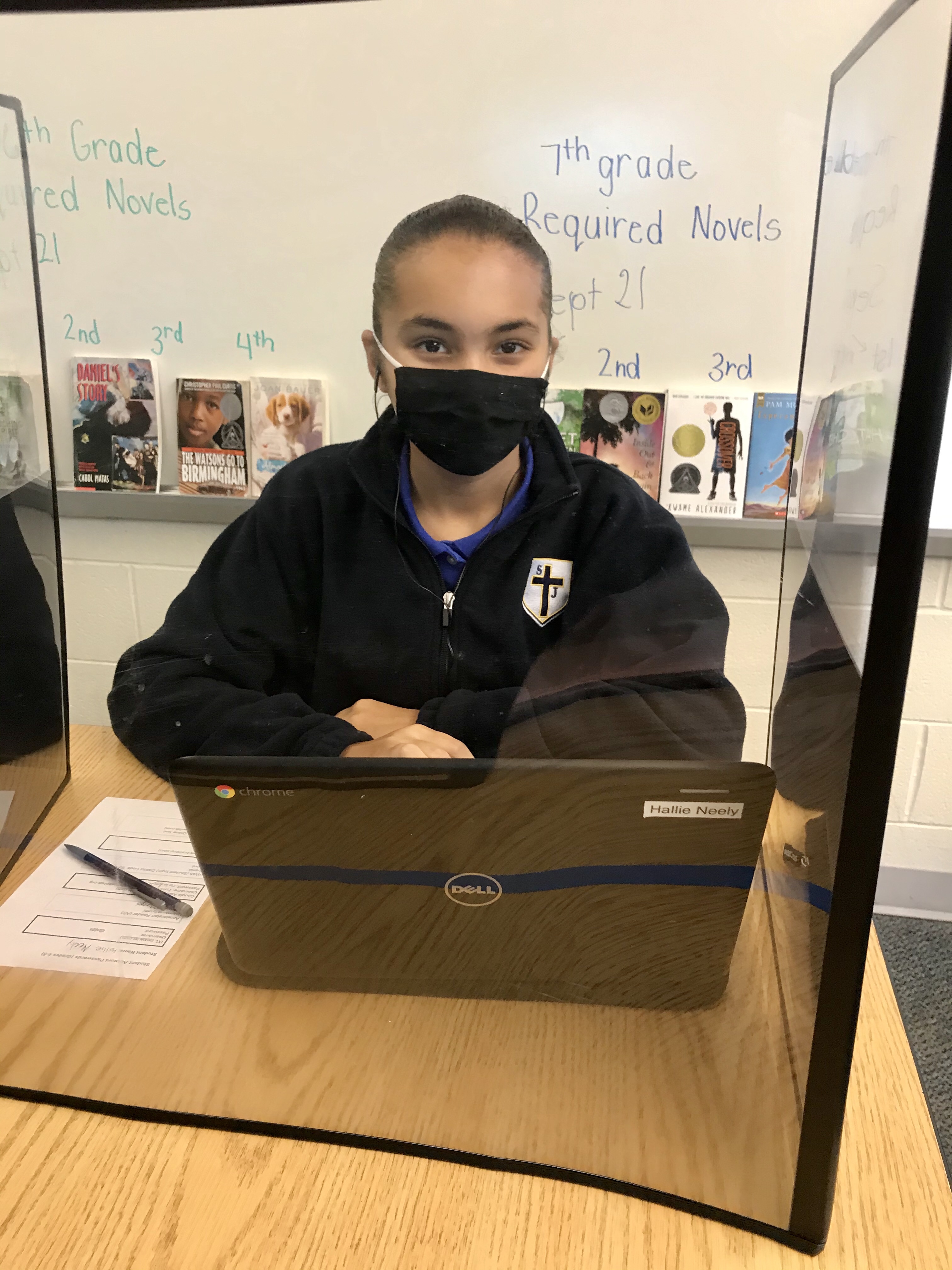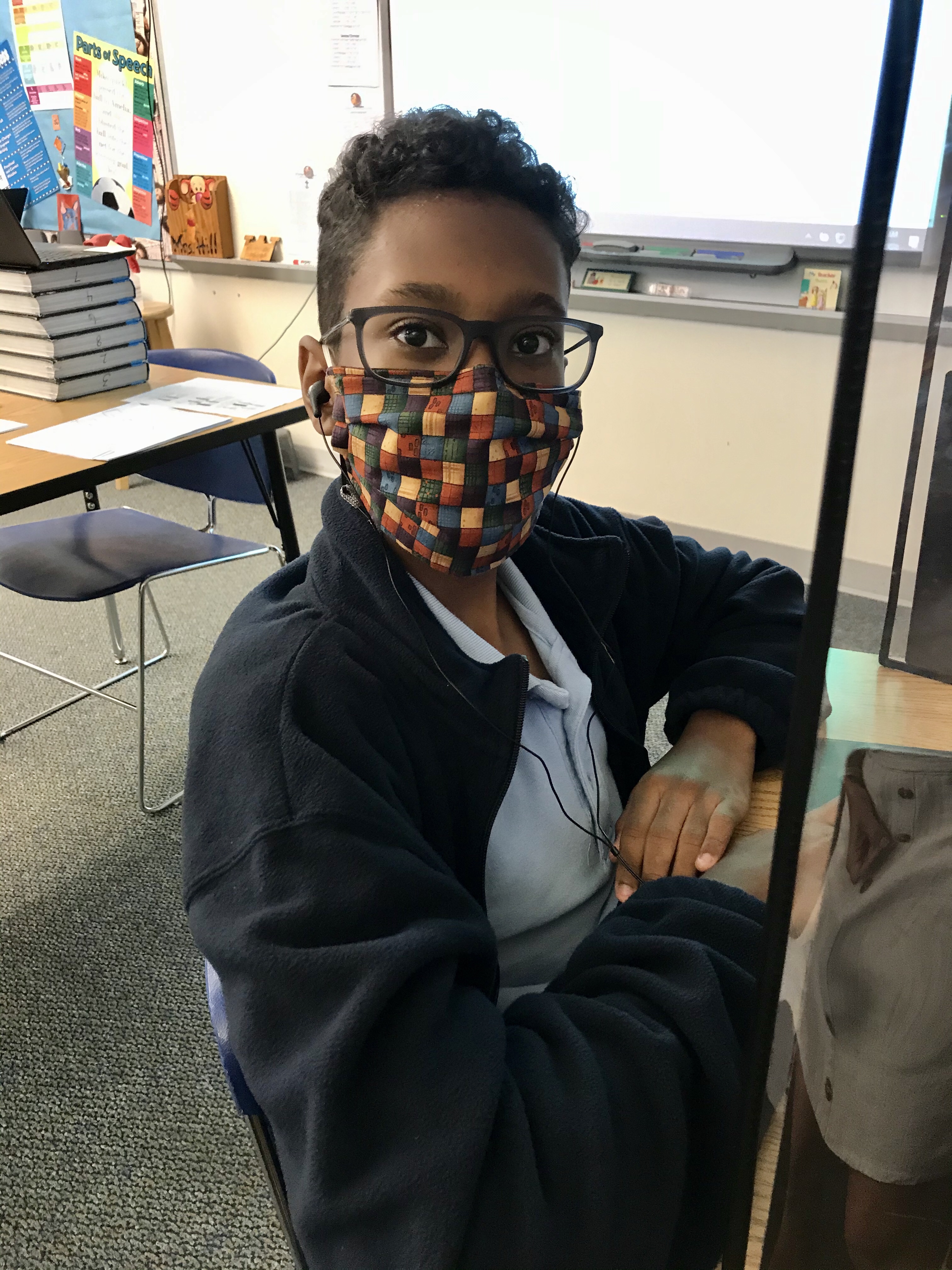Ignore the story and see the soul. And remember to love. You’ll never regret it.–Seane Corn

First years of teaching 👩🏫
Over the decades of teaching, I have accrued numerous experiences. Several of these stand-out memories occurred during my earlier years of education. Therefore, in honor of another school year’s conclusion, I will share some of these memories over the coming weeks, and the many lessons these interactions provided.
My first teaching position was at Kentucky high school in the late 80s. Newly graduated and exceptionally young, I was ready to change the world. Like all first year career experiences, the theoretical training of a university was quite different from the reality I faced.
I was one of five special education teachers. Our classrooms were separated from the rest of the school. We were part of the gymnasium facilities, and my classroom was one of three under the visitor’s side of the bleachers.

Lines of Separation 📚
In order to get to my “classroom,” I had to walk through two other “classrooms.” One wall was slanted because it was the underside of the bleachers, and one wall was a rolling chalkboard separating my classroom from another. One wall was painted concrete block, and the other side was a giant metal wall with a locked door that stored the ROTC weapons. The desks were mismatched leftovers from a previous era, and classroom supplies were limited.
My first day of school was filled with nerves, and the isolation of my situation led me to feel even more anxious. However, there was little time to dwell on it as the students began arriving.

The Encounter 🗣️
The last student to arrive stood over six feet in height and brawny. (I would later learn he worked as a hired-hand at various tobacco farms across the county.) With one cursory glance, he sized me up, spit tobacco on the floor, and picked me by my shirt collar.
“You ain’t teachin’ me nothin. I ain’t here to learn. Only here cause it’s the law.”
His startling blue eyes conveyed his disdain for me as we locked eyes. I knew this was a make or break moment, and I was determined to not break. So I said the most brilliant set of words.
“Put. Me. Down.”
It was an intense moment. On the inside, I was filled with fear. Fear I would lose my job after only one day. Fear I was about to get hurt. Fear I wasn’t strong enough to withstand the discipline this job would require.

Wordless Truce ☮️
Outwardly, my eyes never wavered from his. I would not be intimidated by him. Seconds seemed to stretch, although I am certain this was not a long moment. However, it was long enough for me to take in the acne scars on his face as well as a few other scars that looked as if he had experienced his fair share of altercations. His blonde curly hair was cut in a mullet.
I was acutely aware of the other students’ quiet stares taking in the situation as I once more repeated, “Put. Me. Down.”
Through some act of Divine Intervention, or perhaps the I-am-not-messing-around look in my eye, the student put me down. I recall the way he smugly looked around at the other students as if to convey he had shown me.

Peace Offering 🕊️
I could have taken him to the office or written his behavior up, but I chose not to. Even though I was inexperienced, I knew that would immediately build a wall between not only him, but the rest of the students and me. Instead, I believed I needed to find out more about him, and work on building a relationship with him and the other students. But, I wasn’t sure how, or even if, it could be done.
In the meantime, once things cooled down, I gave him cleaning supplies and asked him to spit out his tobacco in the trashcan and clean up the floor. Then, I walked away and busied myself with other students. It took several minutes before he started, but he did clean it up.

Seasons of Change 🍁❄️
By late fall, the young man would occasionally engage in conversations with me, especially if I focused on his knowledge of raising tobacco and his work ethic. He explained that he had worked alongside his dad, but at some point that stopped.
By winter, I had learned that his father was disabled, and no longer worked, but apparently still knew how to lift his arm to drink and hit. This partly explained the young man’s tough-guy persona. The student often stayed overnight with buddies around the county, or during certain parts of the growing season, he’d stay over at the farms on which he was working.

Misdiagnosis 📖
By mid-year, I felt certain that the student was misidentified. He was no doubt dyslexic, but that had nothing to do with his IQ or his abilities. There were so many life and reading skills that I wanted to work with him on, but time was running out. The young man was determined to quit school once he turned 18, even though he was only a junior.
One class in which this young man thrived was shop. He could build and repair seemingly anything. One of the special education teachers often talked about the young man’s talent and sometimes hired this student for work on the teacher’s farm.
By March, I had established a good working relationship with the student. I teased him about his haircut and cowboys boots, and he made jokes about my height and “easy” job. Along with the other students, he learned to read and complete job applications, manage a budget, how to dress/act during a job interview, and even how to plan, shop, and prepare a week’s worth of simple meals. He was even reading short books with adapted text about famous athletes.

Rumor Has It 😔
One day in April, the young man did not show up for school. That wasn’t unusual. Many of my students had irregular attendance. After his third consecutive day of absence, I went to see an administrator to inquire about the student’s absence. He said he would check into it, but the gossip among students said he wasn’t coming back. The young man had had his birthday.
I have no idea what became of this student. I would like to think the best, but I am not so sure. Maybe he has a job, family, and even grandkids by now. I can only hope, but I’ll most likely never know..

Lessons learned 📝
Nevertheless, I am grateful for this student. He was the first to teach me to ignore the bluster of the student’s story, and see their soul–see the person they can be at their best self and recognize their potential. I accepted him as he was, envisioned a better future for him, and tried to help him see it too.
He also taught me that no matter how hard I work with students, they are still individuals who will determine their own fate. That was, and still remains, a hard lesson to swallow. So instead, I will focus on his best, albeit unintentional, gift: See the soul, not the story. You will never regret it; I haven’t yet.

